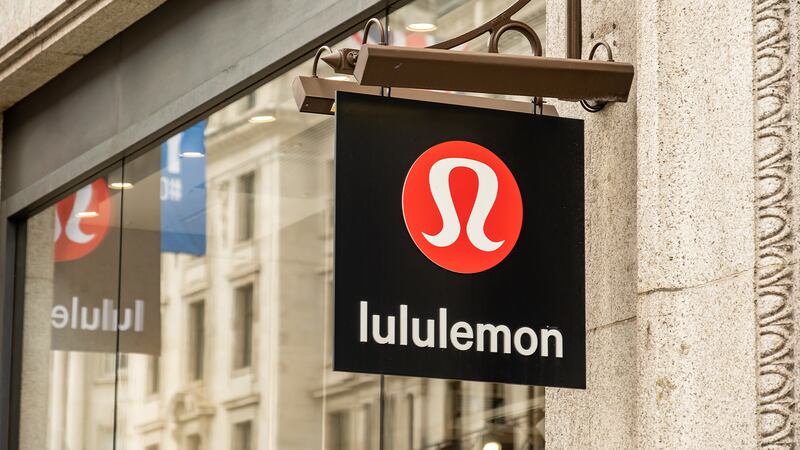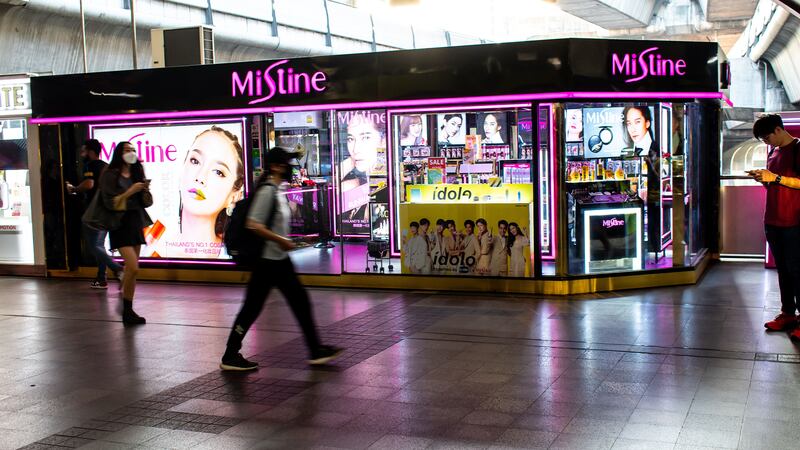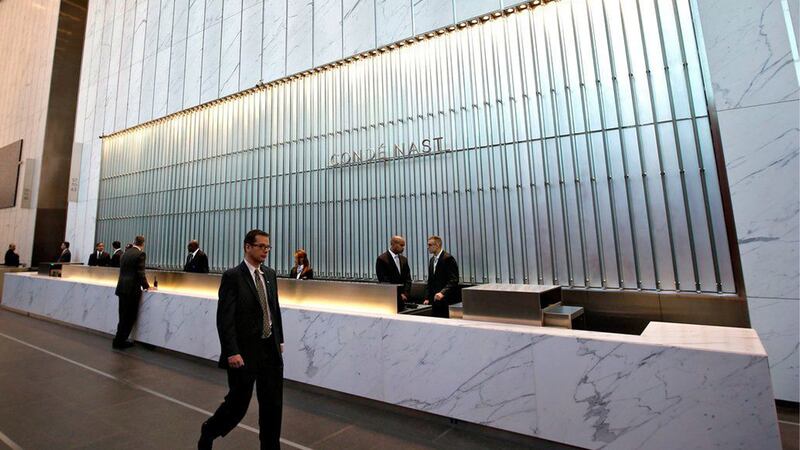
The Business of Fashion
Agenda-setting intelligence, analysis and advice for the global fashion community.

Agenda-setting intelligence, analysis and advice for the global fashion community.

Let’s just say it out loud: most virtual fashion doesn’t look very good.
The shortcomings were on full display at the first-ever Metaverse Fashion Week, which took place from March 23 to 27 in Decentraland, a blockchain-based 3D virtual world. Brands and retailers including Dolce & Gabbana, Etro, Tommy Hilfiger and Selfridges took part with virtual runway shows featuring digital clothes and pop-up shops offering NFTs.
The clothing presented suffered from lo-fi visuals, reminiscent of video games from decades past. Etro’s vibrant prints, for example, became muted, indistinct swirls. Cut and fit were rendered irrelevant. Fabrics, or their digital proxies anyway, all looked the same.
It was not an ideal showcase for an industry that sells image.
ADVERTISEMENT
Due to technical limits, photorealism isn’t yet an option for worlds like Decentraland, so they have leaned into a deliberately stylised look that is supposed to be cartoonish and fun but doesn’t favour brands seeking to project sophistication or sex appeal.
But as engagement with digital assets hits an inflection point, signalling promise ahead, fashion brands face a dilemma: test the waters or wait and see?
It seems increasingly likely that virtual worlds will become an important channel for connecting with the next generation of customers. In a nationally representative survey of US Gen-Z to Gen-X consumers (aged 15 to 56) conducted by BoF Insights, 72 percent said they had spent time in a virtual space over the last 12 months. Gaming was the most popular entry point. A similar share said their digital identity was important to them.
So it’s understandable that fashion brands are eager to start experimenting. The associated costs are low and many fashion companies want to avoid the kind of conservative thinking that slowed their embrace of e-commerce and social media.
If brands are going to experiment, now is arguably the time to test and learn, when fewer users will see their stumbles. But nobody wants to look bad, even to a small audience, least of all carefully cultivated fashion brands.
Fashion brands get tripped up most when they try to replicate the real world digitally. At Metaverse Fashion Week, the runway shows were far less interesting and well-executed than real shows. The pop-up shops that mimicked brick-and-mortar stores were dull.
By contrast, the best virtual fashion experiences often focus on engaging experiences, not mimicking the real world. The “garden” of different themed rooms Gucci created last year in Roblox — a platform that also features basic graphics — was strange and magical. The skate park Vans built in Roblox was addictively fun to cruise around.
Technology is always clunky to start. Online 3D virtual worlds, NFTs and other innovations will either go mainstream and become a key part of a fashion brand’s playbook, or they won’t. And there are merits to both early experimentation and a more cautious approach.
ADVERTISEMENT
Ultimately, each brand will have to make its own calculus rooted in its own identity and objectives. But whatever you do, don’t just jump on a bandwagon. Technology is just a tool, not an end in itself.
To read more from BoF’s Technology Correspondent Marc Bain, sign up for our Weekly Technology Briefing out every Thursday, starting April 7.
 Opens in new window
Opens in new windowTHE NEWS IN BRIEF
FASHION, BUSINESS AND THE ECONOMY

Lululemon forecasts strong 2022 earnings on demand for athletic wear. After rival Nike reported better-than-expected third-quarter earnings last week, the athleisure brand forecast full-year 2022 revenue between $7.49 billion and $7.62 billion, while analysts are expecting $7.30 billion, according to IBES data from Refinitiv.
PVH Corp. posts 28 percent revenue growth in 2021. On Tuesday, the Calvin Klein and Tommy Hilfiger parent reported that fourth quarter revenue increased 16 percent to $2.4 billion compared to the prior year, led by rising sales at the two brands.
Fashion brands face EU sustainability crackdown. The 27-member bloc outlined an ambitious policy strategy Wednesday that aims to curb the industry’s environmental impact and address labour abuses.
Cartier and other Richemont labels leave Responsible Jewellery Council. The move comes after the industry body failed to cut ties with Russia, executives from Richemont told reporters at the Watches and Wonders watchmakers industry fair on Wednesday. Jewellery maker Pandora also left the group.
ADVERTISEMENT
H&M shares slump to two-year low as war in Ukraine clouds outlook. The retailer swung to profit in the third quarter, but sales were still down 11 percent from pre-pandemic levels.
Ted Baker rebuffs US private equity firm’s takeover proposals. Sycamore Partners raised its offer for Ted Baker to 137.5 pence per share, valuing the retailer at £253.8 million ($333.65 million), after its initial proposal of 130 pence per share was turned down by the British brand.
Launchmetrics acquires DMR. The Paris-based fashion tech company is buying an Italian media monitoring stalwart that pioneered the space. It’s the latest in a series of deals intended to consolidate Launchmetrics’ position as a go-to data analytics service for fashion and beauty brands.
Lizzo launches shapewear brand with Fabletics. Yitty, which will launch with three types of products ranging in compression level, will focus on celebrating shapewear rather than hiding it beneath clothes.
Shanghai begins two-stage lockdown. The commercial capital, with a population of 25 million, announced Sunday evening that half of the city would be locked down from Monday morning for five days, the other half enters its five-day lockdown from April 1.
Swiss watchmakers grapple with fallout of Russian crisis. The group will tackle the impact of sanctions on rich Russians arising from the war in the Ukraine when they gather in Geneva this week for the first big industry event in three years. Russia was only the 17th largest market for Swiss watch exports last year.
THE BUSINESS OF BEAUTY

Sino-Thai beauty brand Mistine raised $31 million in Series A funding. The financing round, which will be used to develop and strengthen the brand’s R&D and supply-chain capabilities, was led by Cathay Capital. The 34-year-old brand, founded by Amornthep Derojanawong in Thailand, entered the Chinese beauty market in 2016 and is now headquartered in Shenzhen.
Johnson & Johnson to stop selling personal care products in Russia. The American conglomerate said on Tuesday it would halt sales of personal care products in Russia, joining other companies that have limited their business in the country in response to its invasion of Ukraine.
PEOPLE

Patrick Demarchelier has died, aged 78. The prolific French photographer — who was best known for creating celebrity imagery with a high fashion touch — passed away on Mar. 31. Demarchelier’s most famous images were those of Princess Diana, whom he first photographed in 1989. He also worked for Vogue and Harper’s Bazaar, where he helped define the magazine’s look in the ‘90s under legendary editor-in-chief Lisa Tilberis.
Dsquared2 eyes growth with new chief executive appointment. After three and a half years without a chief executive, the Milan-based label founded by Canadian twins Dean and Dan Caten has now tapped Sergio Azzolari to fill the top role.
MEDIA AND TECHNOLOGY

Condé Nast employees seek union as media-organising efforts grow. The union campaign includes workers at titles like GQ, Vanity Fair, Vogue, Glamour and Bon Appétit, as well as the company’s entertainment studio — the latest in a wave of organising efforts across publishing.
Sea e-commerce unit Shopee to shut India operations. The move marks the second pullback this month in an overseas expansion drive for the loss-making firm, which faces a weak growth outlook.
Mercado Libre to invest $3.4 billion in Brazil this year. The Latin American e-commerce giant announced a 17 billion reais ($3.44 billion) investment to expand and consolidate its Brazilian business in 2022. The sum represents around a 70 percent increase from last year.
3DLook launches new virtual fitting room tool. With the new tool, titled “YourFit 2.0,” brands will be able to choose the products they want to feature, input fit data, and launch a virtual fitting room in under a week where it used to take up to six months.
Compiled by Joan Kennedy.
TikTok’s first time sponsoring the glitzy event comes just as the US effectively deemed the company a national security threat under its current ownership, raising complications for Condé Nast and the gala’s other organisers.
BoF Careers provides essential sector insights for fashion's technology and e-commerce professionals this month, to help you decode fashion’s commercial and creative landscape.
The algorithms TikTok relies on for its operations are deemed core to ByteDance overall operations, which would make a sale of the app with algorithms highly unlikely.
The app, owned by TikTok parent company ByteDance, has been promising to help emerging US labels get started selling in China at the same time that TikTok stares down a ban by the US for its ties to China.